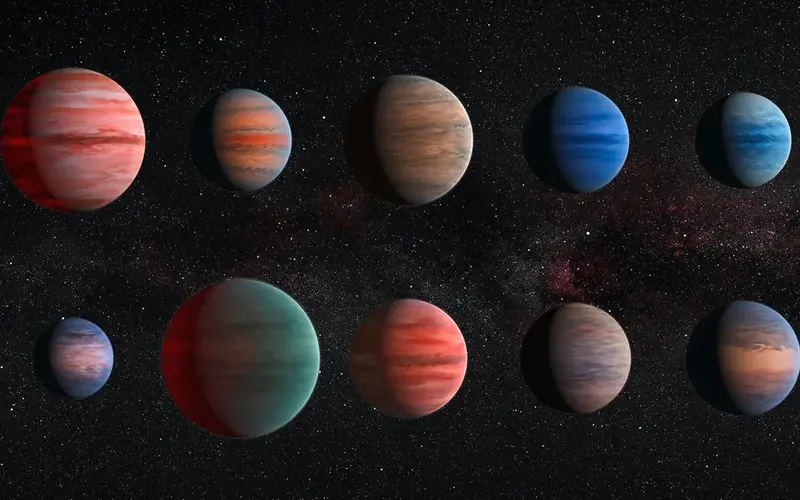The Search for Earth-like Exoplanets
Monday, 2025/10/06194 words3 minutes2162 reads
The search for planets beyond our Solar System, known as exoplanets, has been ongoing for decades. In 1995, astronomers made a groundbreaking discovery of the first exoplanet orbiting a sun-like star. This finding opened up a new field of astronomy and sparked a race to find more distant worlds.
Since then, scientists have identified over 6,000 exoplanets, showcasing an incredible diversity of planetary systems. These discoveries range from 'hot Jupiters' - gas giants orbiting extremely close to their stars - to small rocky planets that could potentially harbor life.
Astronomers use various techniques to detect these far-off worlds. The most successful methods involve observing changes in starlight, either through the 'transit' method, where a planet passes in front of its star, or the 'radial velocity' method, which measures the wobble of a star caused by an orbiting planet's gravity.
The ultimate goal for many researchers is to find an 'Earth twin' - a planet similar in size and composition to Earth, orbiting a sun-like star at a distance where liquid water could exist on its surface. While we haven't found such a planet yet, the search continues with increasingly sophisticated instruments and space telescopes.
